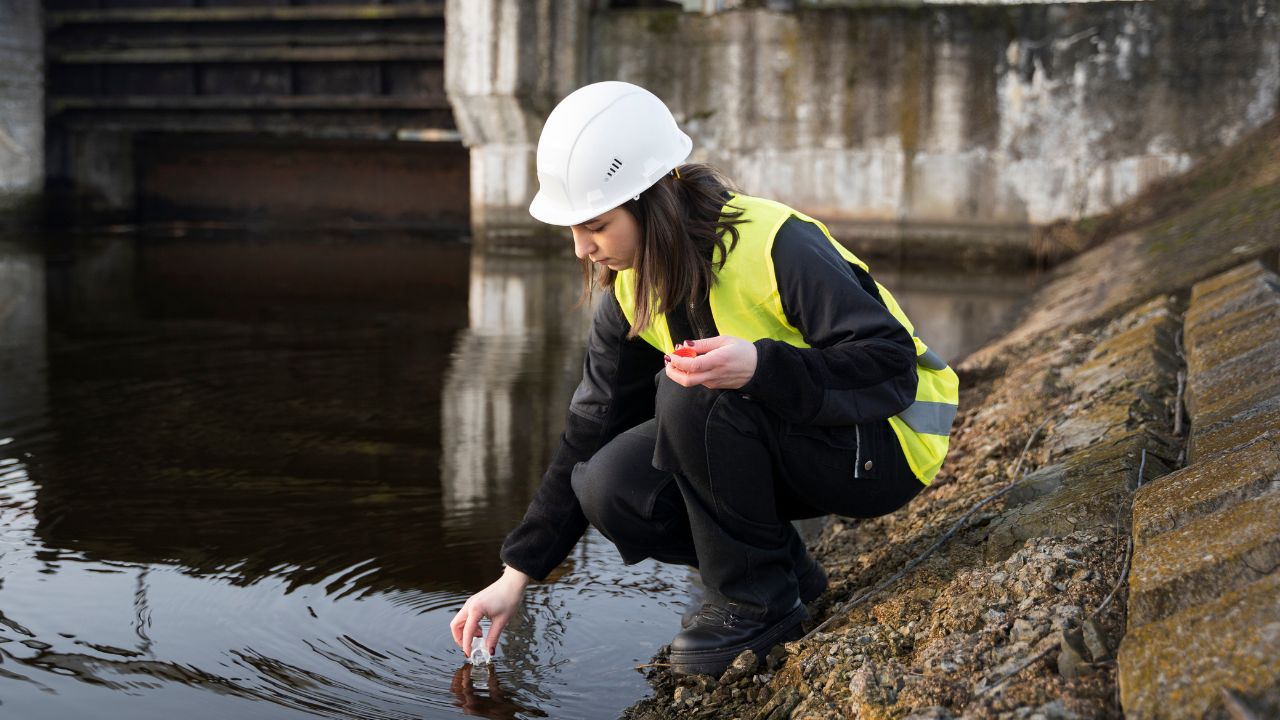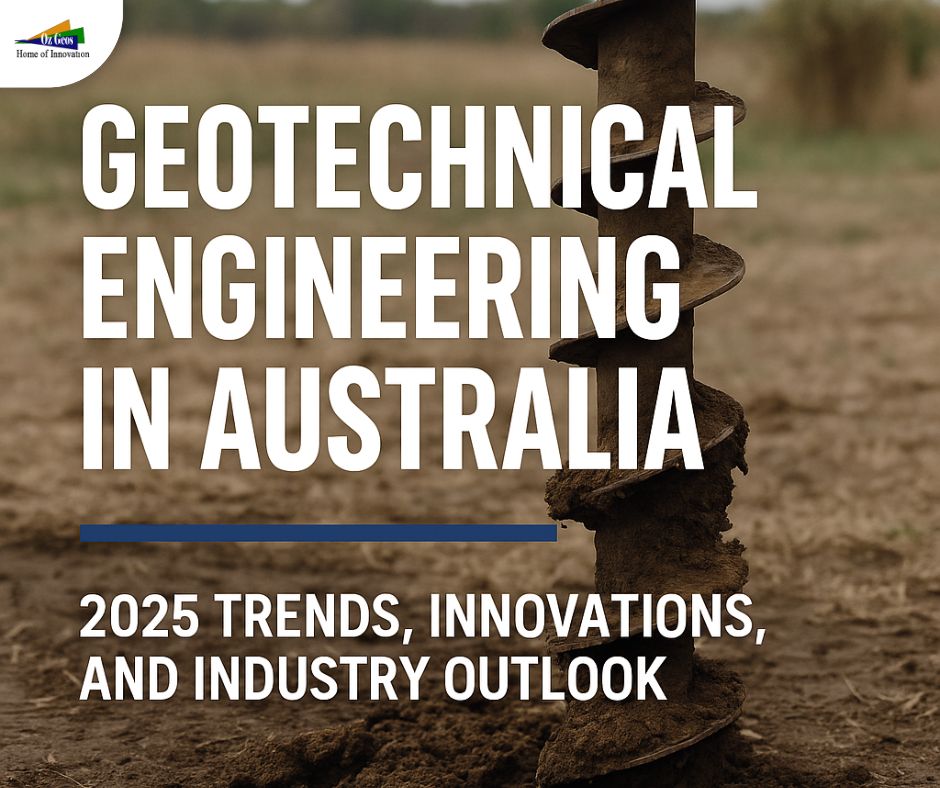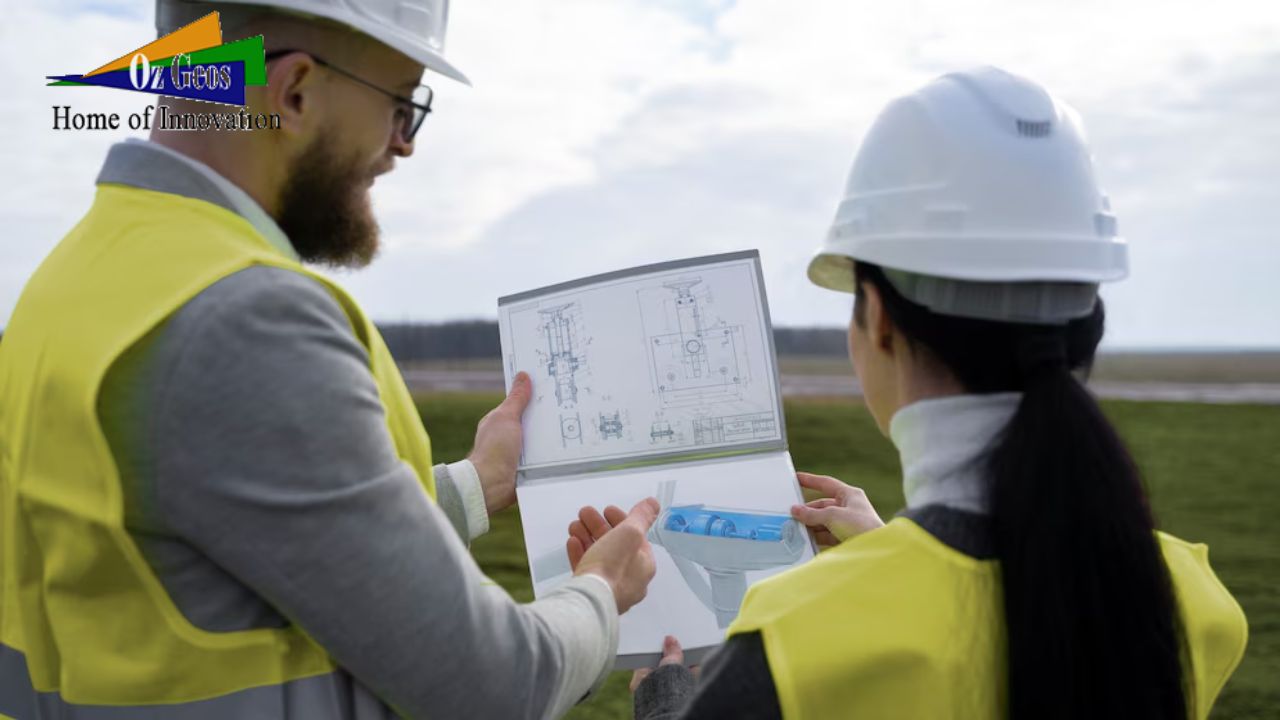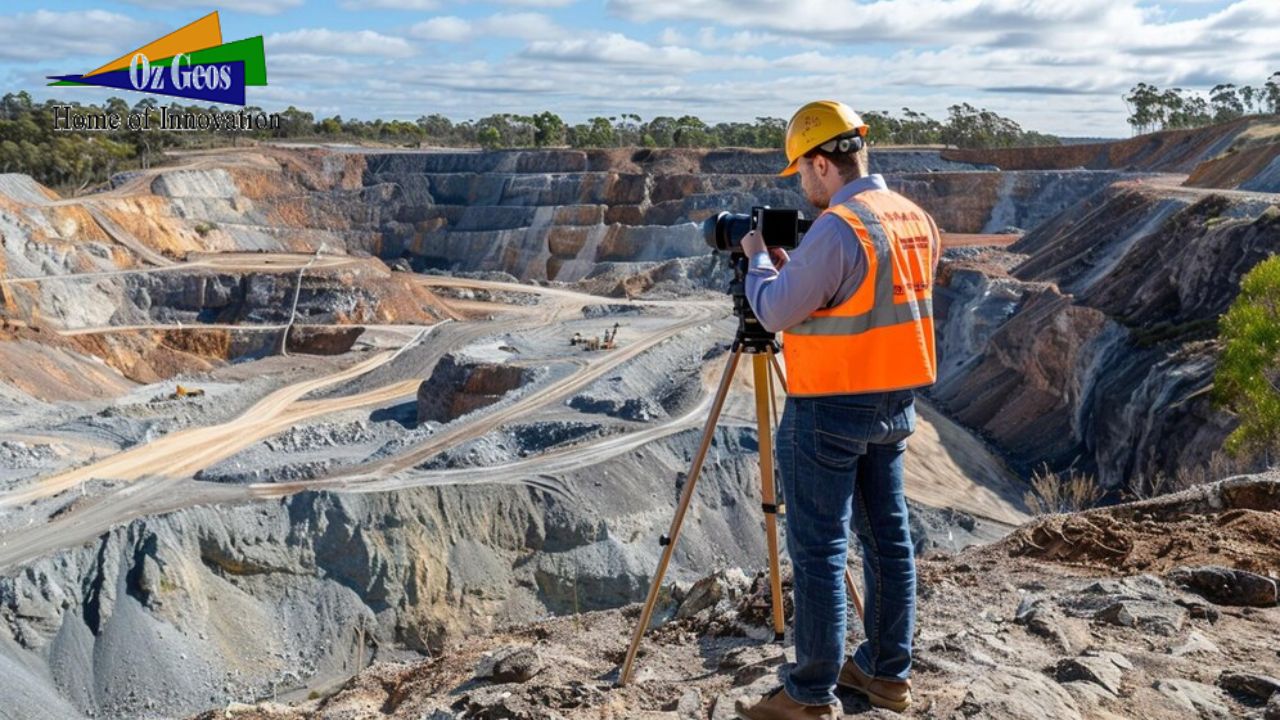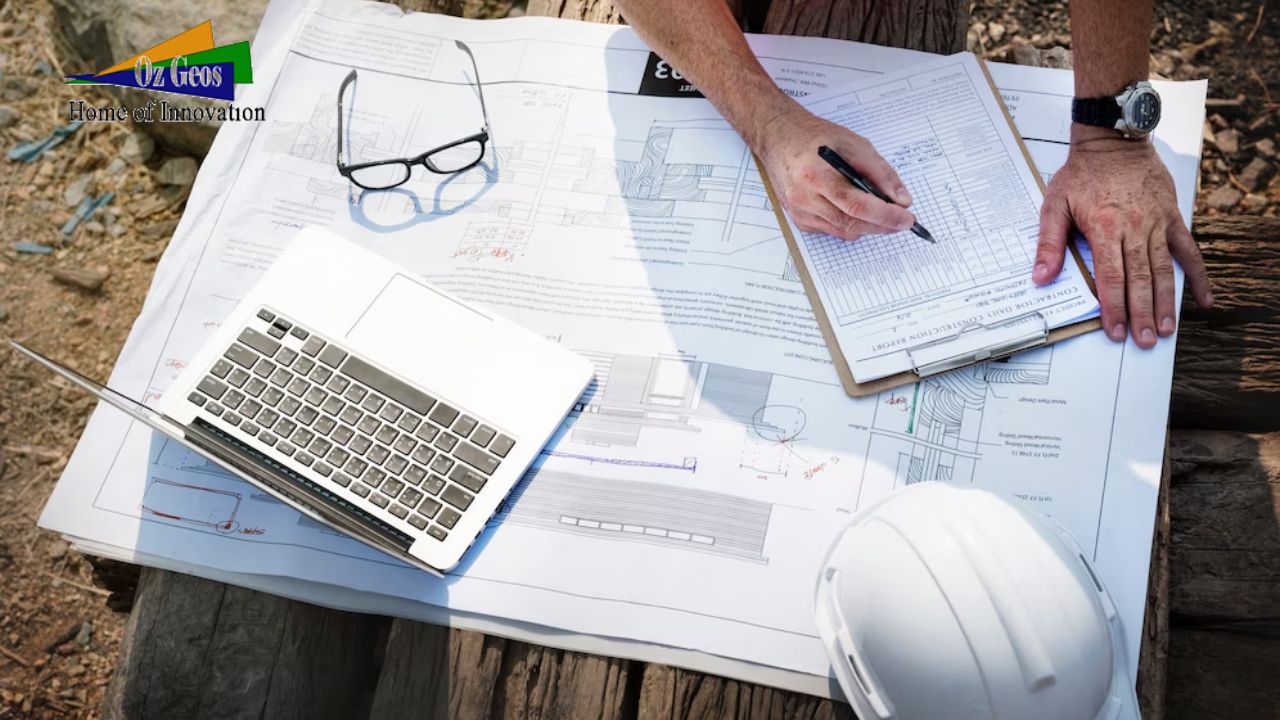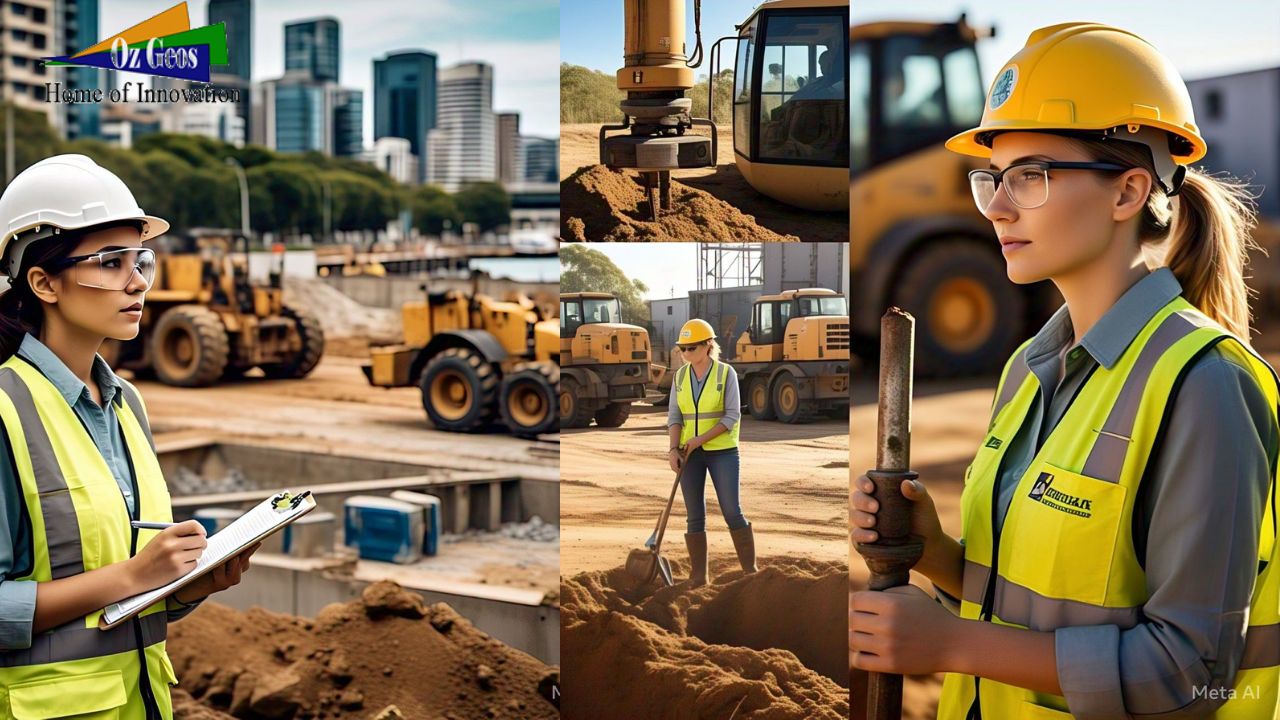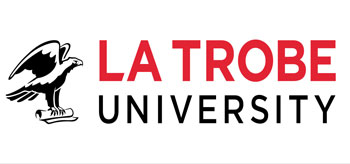Understanding Groundwater Investigation in Melbourne
Groundwater serves as a vital resource for communities worldwide, and Melbourne is no exception. With increasing demands on water resources, understanding and managing groundwater effectively is crucial. In this article, we delve into the intricacies of groundwater investigation, exploring its methods, challenges, benefits, and future trends, particularly in the context of Melbourne.
Introduction to Groundwater Investigation
- What is Groundwater?
Groundwater refers to the water present beneath the Earth’s surface in soil pore spaces and in the fractures of rock formations. It is a significant source of fresh water and is crucial in sustaining ecosystems and meeting human needs.
- Importance of Groundwater Investigation
Groundwater investigation involves the assessment of aquifer characteristics, water quality, and potential risks. It provides essential information for sustainable water resource management, infrastructure development, and environmental protection.
Methods of Groundwater Investigation
Various methods are employed to investigate groundwater resources:
- Geological Surveys
Geological surveys involve studying the geological formations and structures to identify potential aquifers and understand groundwater flow patterns.
- Hydrogeological Studies
Hydrogeological studies assess the properties of aquifers, including permeability, porosity, and hydraulic conductivity, through field observations and laboratory analysis.
- Geophysical Techniques
Geophysical techniques such as ground-penetrating radar (GPR), electrical resistivity imaging (ERI), and seismic refraction tomography delineate subsurface geological features and map groundwater resources.
Groundwater Investigation Process
The groundwater investigation process typically consists of several stages:
- Preliminary Site Assessment
A preliminary site assessment involves gathering existing data, conducting literature reviews, and identifying potential sources of contamination or other risks.
- Field Investigations
Field investigations may include drilling boreholes, installing monitoring wells, and collecting groundwater samples for analysis.
- Laboratory Analysis
Laboratory analysis of groundwater samples provides information on water quality parameters, such as pH, conductivity, and the presence of contaminants.
Technologies Used in Groundwater Investigation
Advanced technologies play a crucial role in groundwater investigation:
- Ground Penetrating Radar (GPR)
GPR uses electromagnetic radiation to detect subsurface features and map geological formations, making it useful for identifying aquifers and delineating groundwater flow paths.
- Electrical Resistivity Imaging (ERI)
ERI measures the electrical resistivity of subsurface materials to characterize geological structures and locate groundwater resources.
- Seismic Refraction Tomography
Seismic refraction tomography analyzes the propagation of seismic waves through the subsurface to determine the velocity and depth of geological layers, aiding in groundwater exploration.
Challenges in Groundwater Investigation
Groundwater investigation poses several challenges:
- Contamination Risks
Contamination from industrial activities, agriculture, and urban development can degrade groundwater quality and pose risks to human health and the environment.
- Complex Hydrogeological Conditions
Melbourne’s diverse hydrogeological conditions, including varying geological formations and groundwater flow regimes, present challenges for accurate assessment and management of groundwater resources.
- Regulatory Compliance
Adhering to regulatory requirements and obtaining permits for groundwater investigation activities can be time-consuming and complex.
Benefits of Groundwater Investigation
Despite the challenges, groundwater investigation offers significant benefits:
- Sustainable Water Resource Management
By understanding groundwater dynamics and quality, authorities can develop strategies for sustainable water allocation and usage, ensuring the long-term availability of freshwater resources.
- Protection of Water Quality
Identifying and mitigating sources of contamination through groundwater investigation helps protect the integrity of groundwater supplies and safeguard public health.
- Mitigation of Environmental Risks
Early detection of potential environmental risks, such as groundwater pollution or depletion, allows for proactive measures to minimize adverse impacts on ecosystems and communities.
Case Studies in Groundwater Investigation
Several successful groundwater investigation projects have been conducted in Melbourne:
- Successful Projects
The Melbourne Groundwater Monitoring Program has provided valuable data on groundwater levels, quality, and trends, supporting evidence-based decision-making.
- Challenges Overcome
The remediation of contaminated sites, such as former industrial areas, has demonstrated the effectiveness of groundwater investigation techniques in addressing environmental challenges.
Future Trends in Groundwater Investigation
The future of groundwater investigation is marked by technological advancements and sustainability:
- Advances in Technology
Continued innovation in geophysical and remote sensing technologies will enhance our ability to explore and monitor groundwater resources with greater precision and efficiency.
- Integration of Data Analytics
Integrating data analytics and modeling techniques will enable comprehensive analysis of groundwater data, facilitating predictive modeling and risk assessment.
- Emphasis on Sustainability
There is a growing emphasis on adopting sustainable practices in groundwater investigation, including minimizing water usage, reducing energy consumption, and promoting ecosystem resilience.
Conclusion
Groundwater investigation is a vital process for understanding and managing groundwater resources in Melbourne. By employing advanced techniques and fostering collaboration between stakeholders, we can ensure this valuable resource’s sustainable use and protection for future generations.

